Vehicle Aerodynamics matter more than you think: here’s proof

If I may be so bold, my gut impression is that car enthusiasts don’t place much emphasis on learning about aerodynamics…My theory? We can’t see the air. Shocker, I know.
In a hobby dominated by how things look, I’m quite confident we’re just scratching the surface in understanding how our vehicles can be improved by paying attention to how they move through the air.
Interested by don’t know where to start? This book is a cheat code for going from 0 to 100 in your understanding of aerodynamics.
After reading and re-reading Julian Edgar’s tome, Vehicle Aerodynamics - Testing, Modification & Development for road, racing and alternative transport, I feel much more comfortable with the subject of aerodynamics and am now empowered to try my own experiments…as soon as the snow melts, that is.
With some wool, tape, and simple methods, Edgar shows how anyone with an interest in aerodynamics can start to analyze and modify machines for better performance. It’s not all theory, either: wiring diagrams, helpful product recommendations, and detailed notes on what not to do — and why — the focus here is on putting your knowledge to the test and challenging assumptions.
Depending on how long you’ve been online, Edgar’s name might not ring a bell, but the respected Australian tuning publication AutoSpeed .com, might. Edgar was an editor there, and has since spent years trialing performance modifications across a diverse range of vehicles. I’ll come back to this in a minute.
When not elbows deep fabricating, Edgar is an educator and trainer — it is so rare in the automotive space to have information presented by an effective communicator; if you’ve been watching his YouTube channel, this book is as easy to understand (if not more so, because of additional information included).
The book is 497 pages with approximately 800 pictures, and features insights on a wide range of topics, from historical vehicle analysis and DIY testing methodologies to ducting radiators for better cooling and how to optimize trucks, caravans, and trailers for better on-road manners.
Even if you’re interested in only a handful of sections, much of aerodynamic study relates to a few core concepts, and I found this book did a fantastic job of showing how the core concepts applied to all vehicles, not just to “aero kits” or “Formula 1” or “that new hypercar”.
~~~~
This book was sent to me by the author for review purposes.
~~~~
My stated bias is that I’m already a huge (amateur) nerd when it comes to aerodynamics—and I have been watching Julian’s YouTube channel for years at this point.
There isn’t a comparable book on the market because there isn’t a comparable author like Julian. This is not blowing smoke.
Historically, your best shot at being a known aerodynamicist was to be hired and win with a top Formula 1 team…or to have been a white engineer type with a brain too large to hold a rifle in 1930s Germany.
All to say: if there was another journalist/author and self-taught aerodynamicist out there speaking plainly to the masses about vehicle aerodynamics, believe me, I’d know about it.
Why this matters is because Julian’s extensive background as an author, teacher, presenter, and DIYer shines through in his writing—I found concepts that may have seemed foreign or insurmountably [insert math here], I was able to grasp after a re-read or two.
This is amazing, because I am not a smart person (I just play one on the internet).
Written as part tutorial, part reference and part mythbusting, Vehicle Aerodynamics - Testing, Modification & Development will take a reader quite literally from close to zero understanding of aero (Chapter 1 - Car aerodynamics theory) to knowing how to reduce soiling on the rear of squareback vehicle bodies (Chapter 9 - Special cases).
Given its size of nearly 500 pages, you’re not going to pack this book for a beach holiday. But every other week when a new high-performance car comes out and the online discourse starts quoting Cd as if CdA doesn’t exist—or when you notice how your neighbour’s new crossover SUV has weird vents in the front wheel wells and wonder why, it is the perfect reference companion.
After reading this book the first time, I kept it near my desk and unsurprisingly, have needed to reference it multiple times since—most recently when examining the flaps embedded into the rear deck of the Ferrari SF90 XX Stradale.
I found the most eye-opening material wasn’t found with the performance vehicles, but with sections that detailed the aerodynamics of North American “everyperson” topics like SUVs, off-road accessories, external loads (like bicycle racks), and the measured drop in efficiency when kitted out with such “upgrades”.
As if I needed another reason to look sideways at enthusiastic truck owners—now when I see an aftermarket bull bar, snorkel, or external LED pods, I’m mentally calculating how much worse that vehicle’s drag is because of the mods.
In the outdoorsy area I live in particular, carrying bicycles or a Thule-style box on top is de rigueur, but now I can’t unsee that doing so can literally double the front lift forces acting upon a vehicle and introduce significant undesirable yaw forces when at speed.
For instance, on page 401, there’s a reprinted graphic—made from data taken from an’80s Volkswagen Golf—showing that an empty roof rack with one empty mounting rail returning an increase of total drag coefficient of 10 per cent. Julian writes that with a slipperier car, “the proportional increase in Cd will be even greater”.
Ten percent is as good as it gets. Take a roof rack like the one pictured above, and empty, the coefficient of drag can increase by 38 percent or more.
More drag = more fuel or energy burned = more emissions. Driving around with an empty roof rack is like taxing yourself for ignorance, while at the same time rewarding oil companies and saddling all of us with dirtier air.
My favourite portion of the book (besides the well-annotated images) were the written Q&A sections compiled from questions Julian has received over the years from curious nerds like you and I. If you read from the back, start here.
A final standout is, simply, the depth of information. Should I eventually want to build my own active aerodynamics, air suspension, undertray, intercooler water sprayer—or one of the many other proven modifications Julian writes about—each upgrade is explained in painstaking-but-plainly stated detail.
As long as air is around the planet and vehicles travel through it, the concepts in this book will be relatable. You don’t need high-powered software, a wind tunnel, or a university degree to benefit from the information within Vehicle Aerodynamics - Testing, Modification & Development.
**** 1/2 – I recommend this book to anyone with enthusiasm for cars, as well as anyone looking to have the definitive reference text for vehicle aerodynamic modifications at the ready.
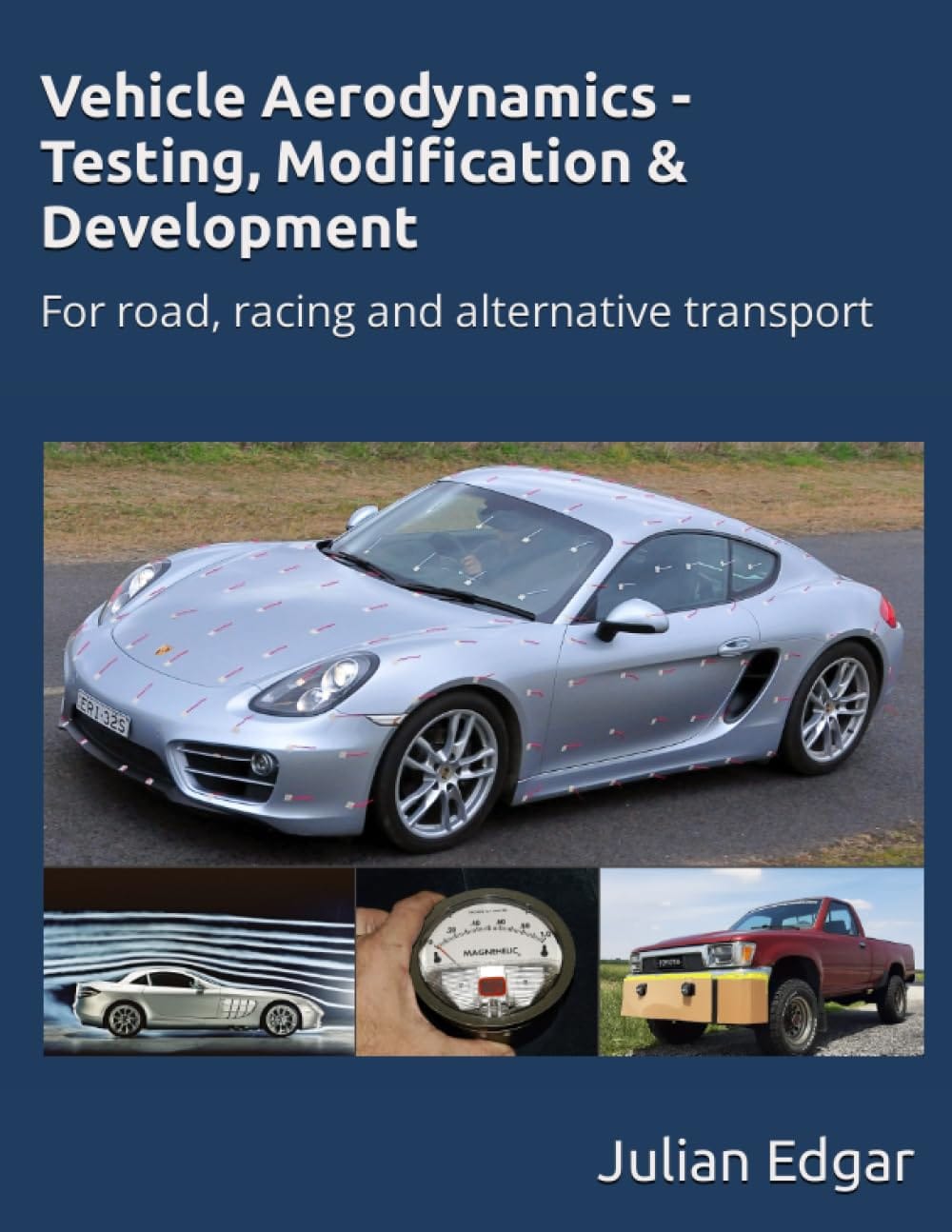
Vehicle Aerodynamics - Testing, Modification & Development
For road, racing and alternative transport – by Julian Edgar
Pros
- Clearly written, factual—with intricate interviews and sourcing—it’s written with care to be a reference piece that anyone will be able to refer to and understand in the years to come.
- If there was a “car” university, Julian Edgar would be teaching somewhere near the top of its faculty & all of these lessons would be locked behind an unfathomably expensive tuition—as it happens, we majorly lucked out that the price of entry is only his growing catalogue of books and his YouTube channel.
Cons
- By detailing his own extensive experiments, for some sections Julian is able to provide incredibly detailed writeups—but unless you’re very interested about attaching pizza pans to a Nissan Note or fabricating vortex generators for a Honda Insight, at times I found myself re-reading pages a few times before leaning back and forgiving myself in that moment for some of the material going over my head. I consider this a Me problem.
- More on this below, but I found myself wanting to read more of the why—behind why improving aerodynamics is important. Julian is incredibly driven and knowledgeable—is it to help us reduce fossil fuel use? I would love Julian’s bigger picture view on how we can collectively stop wasting so much fuel on needlessly high drag vehicles & accessories.


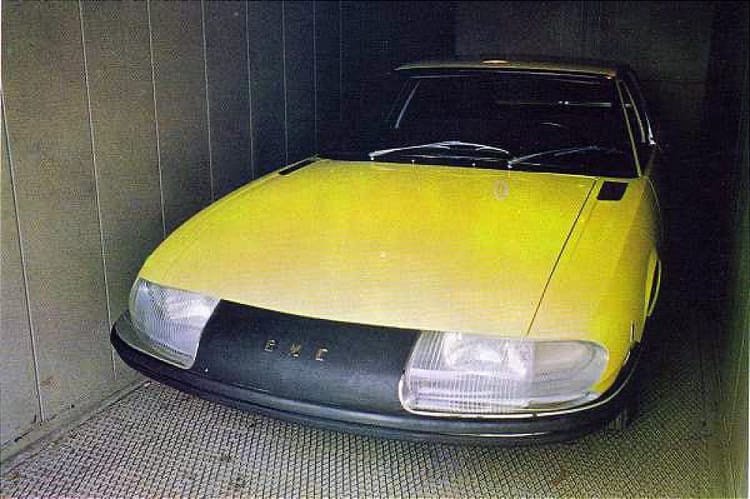
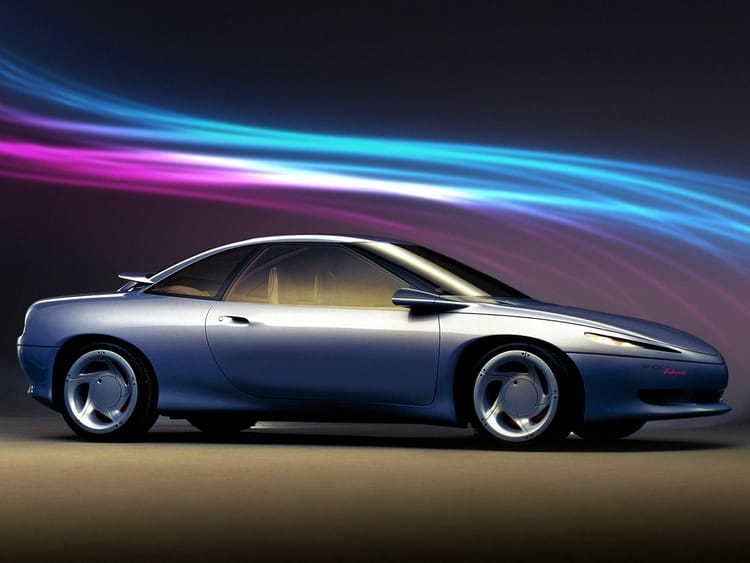
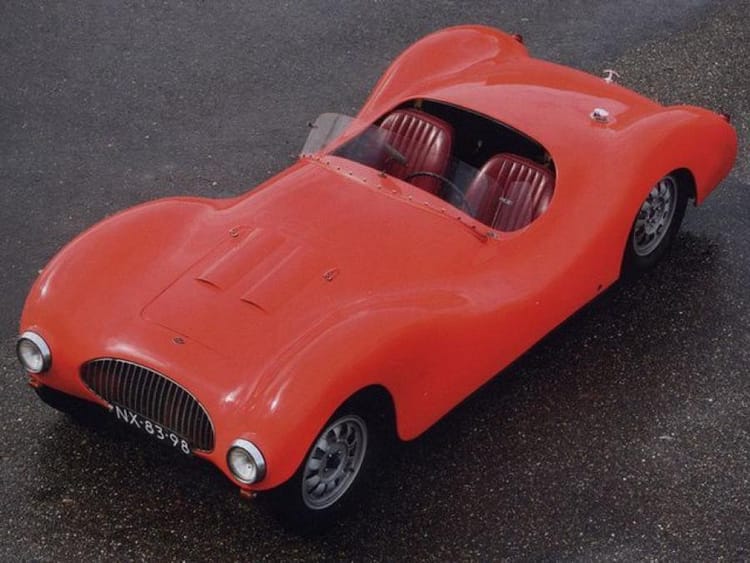
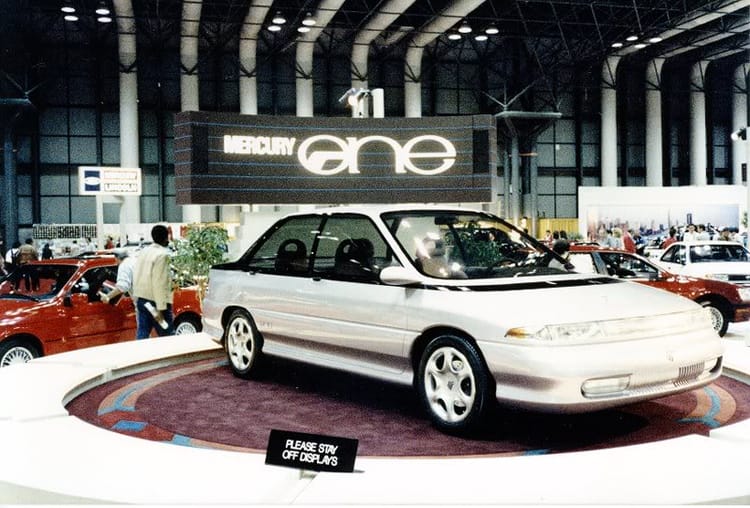
Member discussion